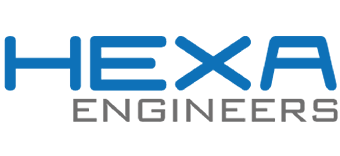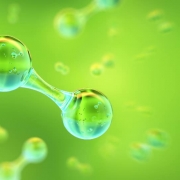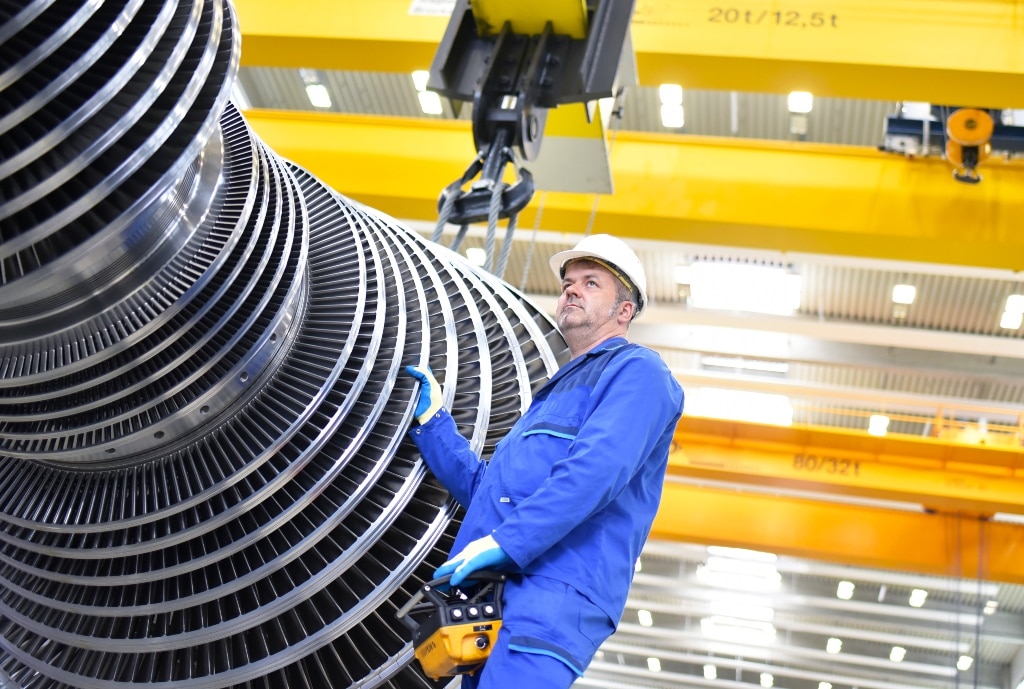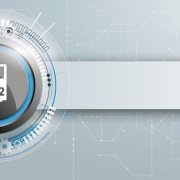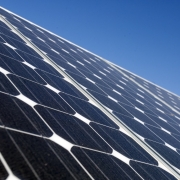Solar thermal industry: among the best sources of sustainable energy
Solar thermal energy is one of the best sustainable energy sources today. In fact, Spain, one of the countries with the greatest renewable potential in Europe, is among the main producers of this clean energy thanks to the fact that it has 300 sunny days a year with solar radiation much higher than the European average.
Precisely, solar thermal industries or also known as solar thermal power plants are a sector of the energy industry that focuses on the production of electrical energy through the use of solar radiation to generate steam, which feeds the turbines for electrical energy generation.
Solar thermal technology uses solar energy to heat a fluid that circulates through a system of pipes and solar light concentrators, which concentrate solar energy at a focal point. Any heat generated by concentrating sunlight is used to heat a fluid, such as water or oil, which is then used to generate steam and power a turbine to produce electrical power.
As a clean, renewable form of energy, electricity generated in this way produces no greenhouse gas emissions or other air pollutants. In addition, it is capable of storing the heat generated during the day to be used during the night, which makes it a reliable power source capable of providing constant power.
On the other hand, solar thermal technology is capable of storing the heat generated during the day to be used at night, which makes it a reliable source of energy and capable of providing constant energy. This represents a great advantage, since it provides great security to the electrical system in general. This type of energy also reduces dependence on fossil fuels for power generation, which can help reduce greenhouse gas emissions and other air pollutants.
A company that leads the growth of the solar thermal industry

Many countries around the world are seeking to reduce their dependence on imported fossil fuels, leading them to invest in renewable energy sources such as solar thermal. In turn, businesses and consumers have become more aware of the environmental impact of their activities and are seeking to reduce their carbon footprint, which has led to increased demand for sustainable energy.
Precisely, to support the efforts of an industry as important as solar thermal, HEXA Ingenieros has established itself in the sector as experts in the control of solar thermal power plants. In addition, the company has participated in a multitude of national and international projects, developing various control systems for solar thermal plants.
As a leading company in the development of solutions for the solar thermal industry throughout the world, it seeks to get the most out of the system since it is essential to control the movement and synchronization of the plates to obtain the maximum possible solar energy.
That is why one of the technological solutions used is the Distributed Control System (DCS), which offers a consolidated and optimized database that contains all the signals, variables, graphic objects and system events that they wish to record. In addition, they allow multi-user programming for efficient productivity.
Similarly, among the success stories that HEXA Ingenieros has been able to implement around the world are different solutions focused on the following areas:
Molten salt control system for solar thermal plants:
The molten salts are used to optimize the plant, in such a way that not only energy is generated using solar radiation, but also the salts help to continue generating energy at night, making use of the heat accumulated in said salts during the day. .
Therefore, the molten salt control system is responsible for monitoring and controlling the temperature, pressure and flow of molten salts, ensuring that the system works efficiently and safely. The system also includes safety devices, such as temperature and pressure sensors, that alert plant personnel to any potential problems in the system.
Solar field control system for solar thermal plants:
The solar field is the area where the set of mirrors or heliostats are located that reflect and concentrate solar radiation at a focal point to heat the fluid that is used to generate steam and produce electricity. The solar field control system is responsible for controlling and supervising the movement of the mirrors or heliostats, ensuring that the sun’s rays are being reflected towards the focal point in an optimal way. The system also includes solar tracking devices that allow mirrors or heliostats to track the position of the sun throughout the day, thus maximizing the amount of solar radiation that is collected.
In addition, it can include temperature, wind and humidity sensors that provide real-time information on weather conditions and the efficiency of the solar field. This information can be used to adjust the operation of the mirrors or heliostats and optimize the energy production.
Distributed control system for electrical distribution for solar thermal plants:
A distributed control system for electrical distribution in solar thermal plants is responsible for coordinating the generation of electrical energy and its distribution through the electrical network. This system includes control and monitoring devices for power generation equipment, transformers, switches, and other elements of the power distribution system. In addition, it uses sensors and measurement devices to collect real-time data on the status and operation of electrical distribution system components.
The distributed control system also includes software tools aimed at centrally controlling and monitoring the system. These tools allow plant operators to make real-time decisions about electrical power generation and distribution, enabling them to optimize plant operation and ensure that the necessary amount of power is being generated to meet demand.
If you want more information about the technological solutions of Hexa Ingenieros for the solar thermal energy industry, contact us on our website.
